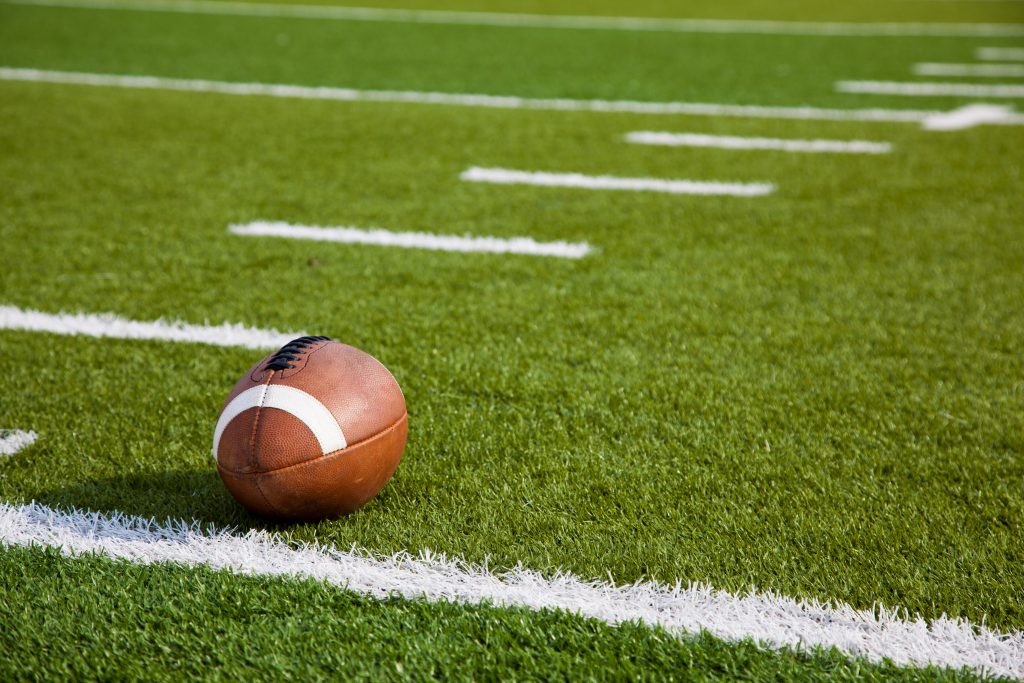Sports Fields of the Future: The Advantages of Artificial Turf in Athletics

Pioneering the Next Generation of Sports Fields: Exploring the Benefits of Artificial Turf
The world of athletics and sports has undergone a remarkable transformation with the advent of artificial grass. Traditional natural grass fields have long been the staple for various sports, but technological advancements have ushered in a new era of playing surfaces. Let’s look at the advantages that artificial turf brings to the world of athletics.
Year-Round Playability
Unlike natural grass fields that require rest and recovery periods, artificial turf offers year-round playability. Regardless of weather conditions or heavy use, synthetic turf remains consistent and resilient, allowing sports to be played without the worry of damaging the field. This availability increases opportunities for training, practice, and competitive events throughout the year.
Enhanced Durability
Artificial turf is engineered to withstand intense use and heavy foot traffic. Unlike natural grass that can become worn, patchy, or muddy, synthetic turf maintains its integrity even after rigorous games and practices. The durability of artificial turf means that sports fields can accommodate numerous events without compromising the quality of play.
Reduced Maintenance
Natural grass fields demand extensive and costly maintenance, including mowing, fertilization, and irrigation. Artificial turf significantly reduces maintenance requirements. Say goodbye to mowing and constant watering—synthetic turf only needs occasional grooming and cleaning to remain in prime condition.
Consistent Playing Surface
Artificial turf offers a uniform playing surface, eliminating uneven patches, divots, and mud puddles. Athletes can rely on consistent ball roll and bounce, enhancing the accuracy and skill level of the game. This predictability of play contributes to a fair and exciting sporting experience.
Injury Prevention
Artificial turf is designed with safety in mind. Modern synthetic turf systems incorporate shock-absorbing technology and appropriate cushioning, reducing the risk of impact-related injuries. Additionally, the even surface minimizes the potential for tripping and ankle injuries.
Water Conservation
Water scarcity is a growing concern, and artificial turf addresses this issue by significantly reducing water usage. Unlike natural grass that requires constant irrigation, synthetic turf only needs occasional rinsing to stay clean. This water-saving aspect aligns with environmentally-conscious practices.
Multi-Sport Versatility
Artificial turf’s durability and versatility make it suitable for a wide range of sports. From soccer and football to field hockey and lacrosse, synthetic turf can accommodate various sports without compromising quality. This versatility makes it an ideal choice for schools, universities, and multi-purpose sports complexes.
Elevating Athletics and Sustainability: The Power of Artificial Turf in Sports Fields
Improved Player Performance
Artificial turf contributes to improved player performance by providing a reliable and consistent playing surface. Athletes can practice and compete with confidence, knowing that the turf’s predictability ensures accurate ball movement and consistent gameplay. This reliability fosters skill development and elevates the overall quality of sports events.
Low Maintenance Requirements
Maintaining natural grass fields involves significant time, effort, and resources. Mowing, irrigation, and pest control are just a few of the tasks required to keep the field in playing condition. In contrast, artificial turf demands minimal maintenance. Regular grooming, debris removal, and occasional brushing are usually sufficient to keep the turf looking and performing its best. This reduced maintenance workload translates to cost savings and more efficient field management.
Environmental Impact
The environmental benefits of artificial turf are substantial. By conserving water and reducing the need for chemical fertilizers and pesticides, synthetic turf helps mitigate the negative impact of traditional grass fields on the environment. Additionally, artificial turf eliminates the need for gasoline-powered lawn mowers and other maintenance equipment, further reducing carbon emissions.
Accessibility and Inclusivity
Artificial turf enhances accessibility and inclusivity for athletes of all abilities. The even playing surface provided by synthetic turf is particularly beneficial for individuals with mobility challenges. Wheelchairs, walkers, and other mobility aids can move smoothly across the field, promoting inclusivity and enabling more people to participate in sports.
Design Flexibility
Artificial turf offers design flexibility that natural grass fields can’t match. Field lines and markings can be incorporated directly into the turf during installation, ensuring accurate and lasting delineations for different sports. This design precision enhances the visual appeal of sports fields and streamlines game setups.
Cost-Effectiveness
While the initial investment in artificial turf may be higher than natural grass, the long-term cost savings are significant. Reduced maintenance expenses, water conservation, and increased field availability contribute to cost-effectiveness over the life of the synthetic turf.
A Greener Future for Sports
As we move toward a more sustainable future, the use of artificial turf aligns with environmentally conscious practices. By conserving water, minimizing chemical usage, and promoting efficient resource management, synthetic turf contributes to greener sports fields and a more sustainable planet.
In conclusion, the advantages of artificial turf in sports fields extend beyond player performance and maintenance efficiency. The power of synthetic turf lies in its ability to elevate sports experiences, promote sustainability, and foster inclusivity. Whether it’s soccer, football, field hockey, or another sport, artificial turf is changing the game and paving the way for a brighter future in athletics.








